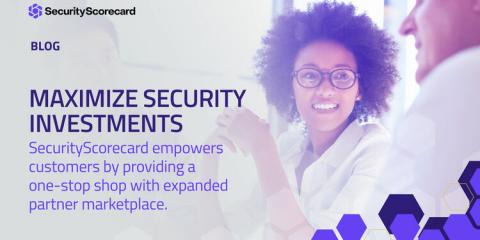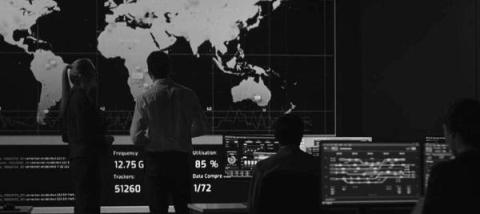Minding the Cybersecurity Skills Gap
It’s estimated that 63.5 percent of the world’s total population—or 5.07 billion people—uses the Internet today, with a projected 30.9 billion devices connected to the Internet by 2025. (This means even more proving to CAPTCHAs that we’re not robots–good luck picking out all the fire hydrants in the grids!) With more people working from home, combined with a greater reliance on cloud services and ecommerce, the potential for cyberattacks has never been higher.











